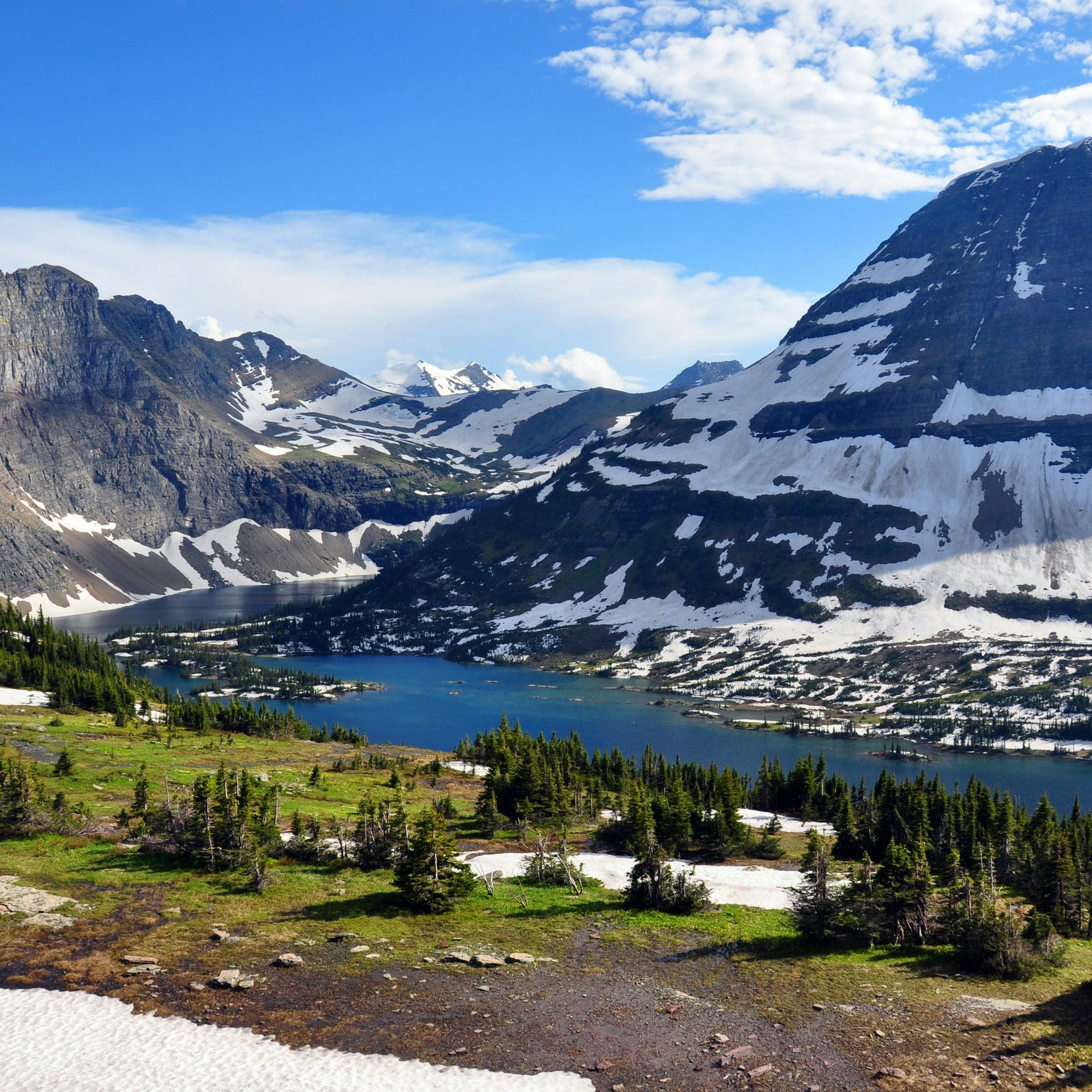

© Evgeny Vasenev / Getty Images
Overview
Welcome to Big Sky Country, where the Great Plains hit the Rockies and just about anything seems possible. Wilderness areas rule out here, whether it's the pre-Yellowstone valleys of Montana's south to Absaroka Beartooth, Bob Marshall or the American Prairie Reserve and the horizons-without-end in Montana's rural heartland. Not far away, Missoula and Bozeman are hip urban centers rich in brewpubs, great restaurants and scenes of emerging culinary excellence. Montana is also home to Little Big Horn Battlefield and, the state's major drawcard, the sculpted peaks of Glacier National Park, one of the most dramatically beautiful corners of the continent.
Leave the planning to a local expert
Experience the real Montana. Let a local expert handle the planning for you.
Must-see attractions
Planning Tools
Expert guidance to help you plan your trip
Best Things to Do
Explore the best of Big Sky Country with our guide to the top activities in Montana.
Read full article
Best Places to Visit
From stunning national parks to fascinating historic towns, here are the best places to visit in Montana.
Read full article
Best Time to Visit
With so much wilderness right on the doorstep, there's always something to do in Montana at any time of year. Here are the best times to come.
Read full article
Transportation
From car to train, find your way around Montana with our guide to transportation across the state.
Read full article
Free Things to Do
Montana is the gateway to Yellowstone and Glacier National Park, but there's plenty to do that doesn’t cost a cent. Here are the top things to do for free.
Read full article
Money and Costs
Here are our top budget tips, along with a guide to daily costs, for a cost-effective trip to Montana.
Read full article
Traveling with Kids
Montana's supreme nature sets the stage for a family holiday full of unforgettable childhood experiences.
Read full article
Best Road Trips
Wherever you choose to drive in Montana, beautiful sights await. Here are a few suggestions for exploring the best of Big Sky Country by road.
Read full article














